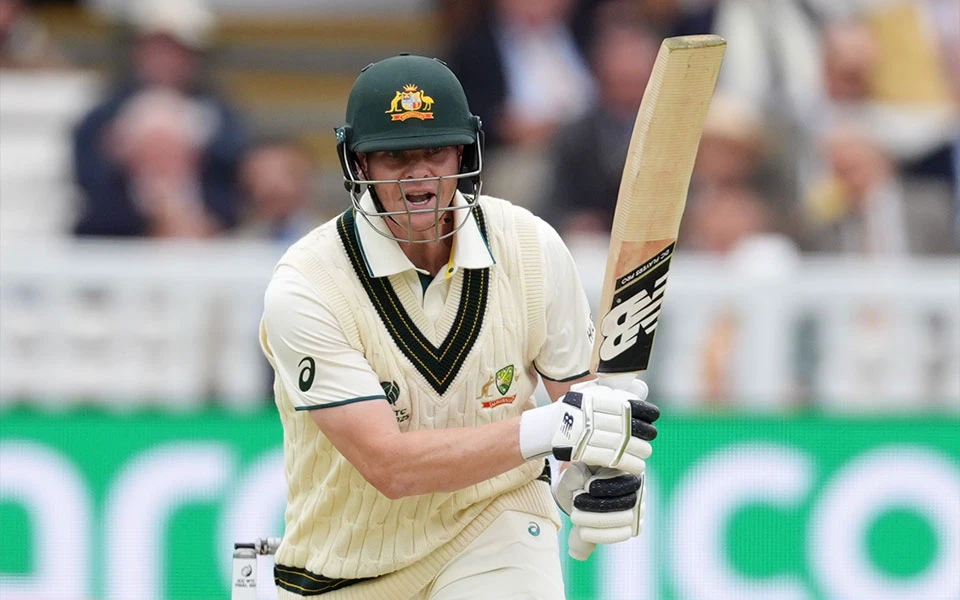Australia’s stand-in captain Steven Smith hinted that England’s pace-oriented bowling attack might not be the most suitable approach for the upcoming Ashes series, suggesting that bowlers who rely on seam movement could prove more effective on Australian pitches.
He believes that while express pace can be thrilling, it might not deliver consistent success on the lively surfaces in Australia.
England have arrived for the summer with what is considered their quickest bowling line-up in decades, with most of their pacers capable of exceeding 145 km/h. The attack is expected to be led by Mark Wood and Jofra Archer, supported by Gus Atkinson, Josh Tongue, and Brydon Carse, along with captain Ben Stokes providing additional pace options.
This marks a significant shift from England’s traditional setup on Australian tours, where James Anderson and Stuart Broad, both retired now, relied heavily on swing and seam rather than raw pace. Smith reportedly indicated that bowlers who can extract movement off the pitch might pose a greater challenge in current conditions.
“Those sorts of nibblers can be quite tricky. So they might have got things the wrong way around, if that makes sense, in terms of the pace from previous years. But obviously they’ve got those guys at their disposal now. They probably weren’t fit, ready or old enough a few years back,” said Smith as quoted by ESPNcricinfo.
Anderson’s Test career came to an end in 2024 when he was given a farewell appearance against the West Indies, while Broad had retired a year earlier during the final Test of the 2023 Ashes. England’s bowling stocks took another hit when Chris Woakes dislocated his shoulder in the final Test against India in early August, an injury that ruled him out of Ashes contention and ultimately led to his retirement from international cricket.
In light of England’s current fast-bowling setup, Smith made a light-hearted remark about the nature of Australian pitches, joking that they were now so green they have branches hanging off them. When asked whether it was easier to face outright pace compared to nibbling seamers on home conditions, Smith suggested that was indeed the case.
“If you can do both, that’s a good skill. But sometimes the slower guys are almost harder to play on those wickets where you have to make the pace. It’s going to be different. But I think we’ve got plenty of players that play fast bowling well, and it’s going to be a good challenge,” said Smith.
Smith’s comments followed Mitchell Starc’s recent observation that it would not be easy for England’s fast bowlers to maintain their intensity throughout the summer, given the harder and more demanding Australian surfaces.
Smith, meanwhile, has entered the Ashes in impressive form, having recorded scores of 118, 57, and 56 not out in his three Sheffield Shield appearances for New South Wales. His performances have reinforced his readiness for the series after a brief six-week break in New York, which he took to refresh ahead of the Australian summer.
Upon his return home, Smith had remarked that he would need a few practice sessions to regain his rhythm. However, his recent run of form has left little doubt about his preparedness. Even during New South Wales’ 300-run defeat to Victoria at the SCG, where he momentarily appeared to lose his hands while batting.
“I felt awful my first 20 runs [on Wednesday]. I lost my hands for a little bit there and then found them back after that, so that was good. It was more because I was changing bats, trying to figure out which one I like, to be honest. And they all felt a little bit different. I think I’ve settled on one, so it felt good. But it was nice to just be able to spend some time in the middle, get some rhythm and feel in a good place,” Smith concluded.
